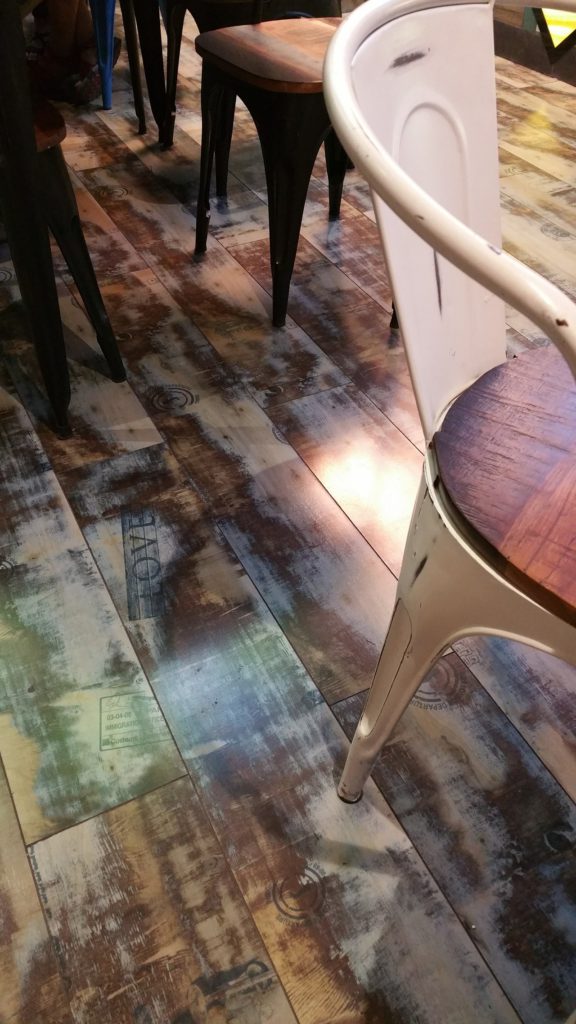Lignin ester-based derivatives such as lignin modified by the reaction of lauroyl chloride are used as hydrophobic agents on the surface of the wood in protective coating formulations. The oils used in wood coverings are linseed oil, walnut oil, poppy oil, tang oil, soya oil and several others.
Wood finishing is a special wood finishing product in which a protective layer is applied over the bare wood and a protective layer is applied during the preparation of the wood surface. Grinding and scraping help to eliminate surface defects and make the wood softer and smoother. Environmentally resistant types of wood such as cedar are treated with chemicals to maintain the integrity of the wood, and exterior timber finishes are used to protect the wood and improve its appearance.
Once the process of changing the colour and aesthetics of the wood is complete, a suitable finish is selected. This process involves applying a finish that includes dyeing and bleaching.
When selecting a wood finish, many wood finishes and material properties must be taken into account. Search for the most common types of clear surfaces and their distinguishing features, as well as the way the wood is finished. By comparing the specific application requirements and the different surface characteristics, the right coating can be selected.

This treatment is absorbed into the surface if you use a protective layer of paint on wood. The protective paint expands to create a barrier that insulates the wood from the heat and oxygen components of a fire. You will want to use an impregnated wood that has fire retardant properties that can withstand the life of the surface.
A decent coating protects the wood from harsh UV light, which weakens the wood and reduces its lifetime. It also helps to prevent damage to the wood caused by rapid changes in the internal moisture content of the wood, as it helps to drain rainwater from the wood. A coating applied to the outside of wood should have good flexibility to avoid cracking and physical changes to the substrate.
Coatings are often applied to newly-sheared wood that has been pre-treated and primed to provide better adhesion properties than coatings on weathered wood or older wood substrates without applying the coating directly to the surface. Pickling and varnishing with coatings can cause excess moisture to react with the material of the wood substrate. Aged wood is less protected even when using protective coatings therefore, the adhesion of the coating applied to the wood is an important test.
The first step in the treatment of exfoliation is to find and remove the source because if not, moisture can compromise the protective layer of paint and cause permanent damage to the wood. It is also important to remove air bubbles from the epoxy gel, as this can lead to air bubbles trapped within the coating, creating sharp edges. These bubbles can be a frustrating side effect of the coating and make your coated wood surface appear unattractive and rough.
There are two types of external wood treatments that absorb into the surface of wood, such as oil-based products which form a protective layer on the surface, each with its unique properties and advantages. Penetrative wood treatments are products that protect the wood, such as a deck, oil scales and fence treatments.
Wood coating includes products such as natural timber stains, varnishes, paints, substrates and other ancillary products used indoors and outdoors. The realm of paints and exterior lacquers is dominated by a range of state-of-the-art wood coating systems. Modern exterior wood coatings are flexible and durable, i.e. They must be stripped of bare wood to obtain solid, preferred exterior carpentry work such as window frames and wooden doors.
For architectural purposes, coatings emphasize the aesthetic properties of the wood and the natural translucent colour, creating stunning architectural features that are more than just opaque weather tones. Appropriate coatings help buildings perform well over time, reduce time-consuming maintenance costs for owners, and demonstrate the beauty and longevity of wooden structures which can be improved by using interior timber stains.
When determining the appropriate coating and maintenance interval it is important to consider the type of wood and the substrate as well as the expected load and to check whether it is for exterior or interior applications.
